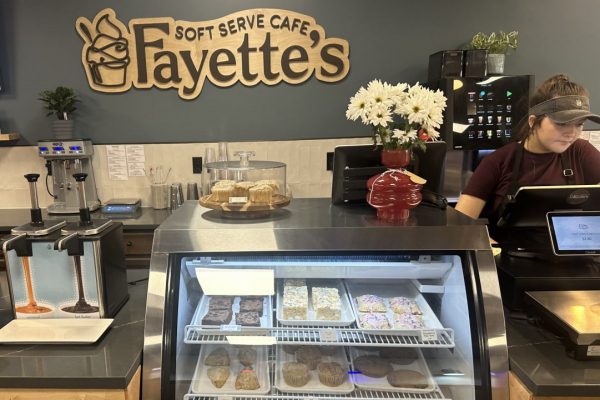SYRACUSE, N.Y. (NCC News) — Customers looking to dine out in Syracuse will be looking at limited menus in the coming weeks.
Restaurants are struggling with food shortages as a nationwide supply chain crisis continues. Food suppliers across the country are struggling to find workers as restaurants reopen during the pandemic.
Justin Bellandi, manager of Phoebe’s Restaurant and Lounge, said the limited menu options have not gone unnoticed by customers.
“I know that customer comments in general in regards to the menu is that it’s very limited,” Bellandi said. “We only have so much that we can work with. We’d love to of course have more options and more entrees available, but we just can’t right now.”
Many restaurants have been forced to cut popular dishes as food suppliers fight to meet demand. For Phoebe’s, this means daily changes to their menu.
Bellandi said the restaurant has come to expect difficulties filling orders as their purveyors struggle to find workers.
“These are just difficult times in regards to getting things shipped and truck drivers and just workers in general, loading trucks, it’s just problematic across the board,” he said.
Patrick Penfield, a professor of supply chain management at Syracuse University, said labor has not caught up to a dramatic demand increase following the vaccine rollout.
“When people came back from the pandemic and we started to go out to eat more, demand rose, and it just seems like everyone is struggling right now to keep up with demand,” Penfield said. “Demand and labor are the big two issues right now.”
Food suppliers are also losing labor due to strikes. Earlier this month, over 1,400 workers at Kellog’s walked off the job to fight for better pay and benefits. Frito-Lay and Nabisco workers at several plants have also gone on strike.
Penfield said in addition to labor shortages caused by health issues, many workers have transitioned into different fields, leaving the food industry scrambling.
“That’s in addition to people passing away and then just people trying to change jobs,” he said. “When the food producers didn’t need those people they moved into different professions, and that’s causing a lot of issues now that they’ve started up and are trying to meet demand.”
Penfield said he expects the food industry to normalize in the first quarter of 2022 as more workers return.




